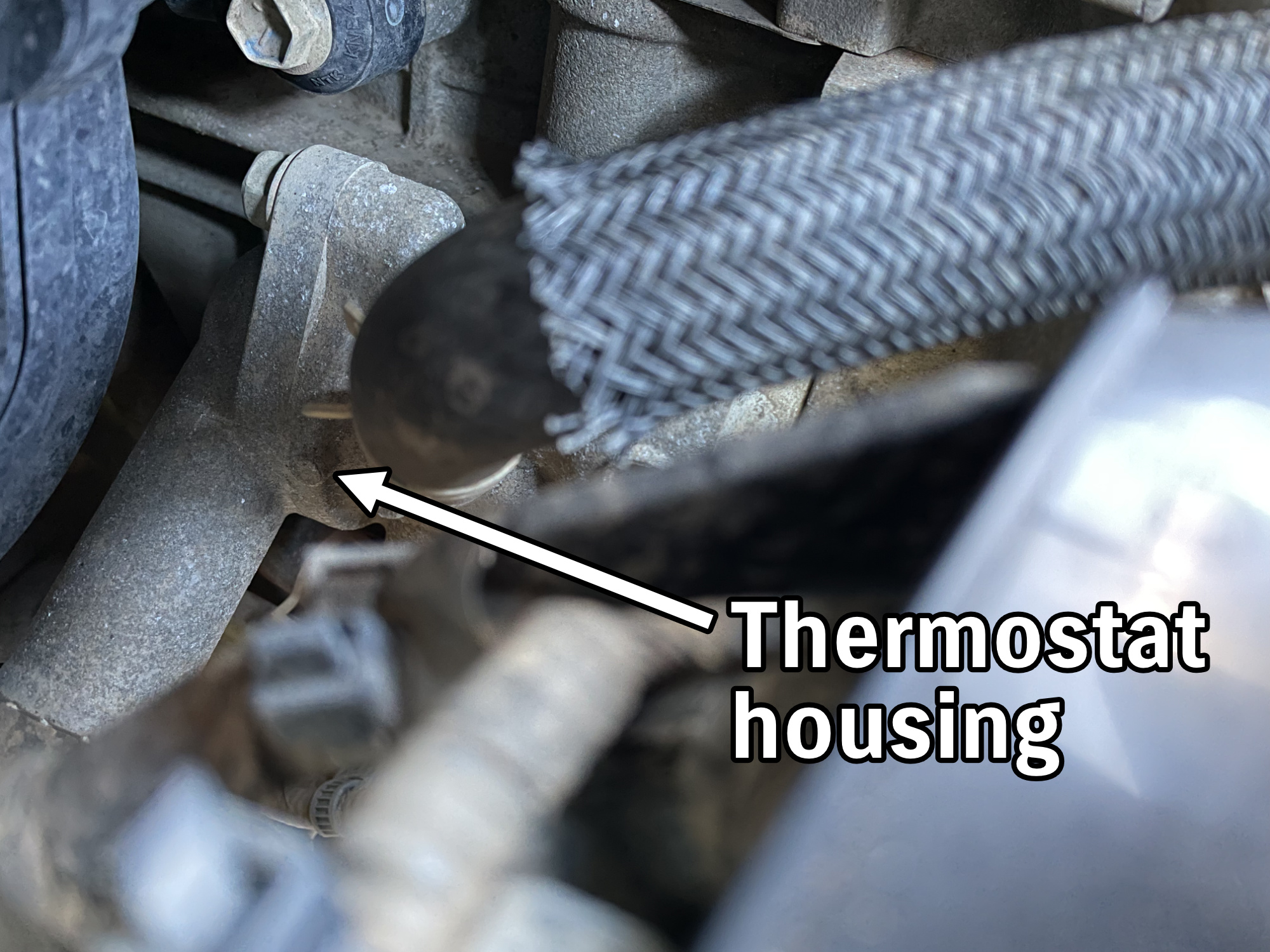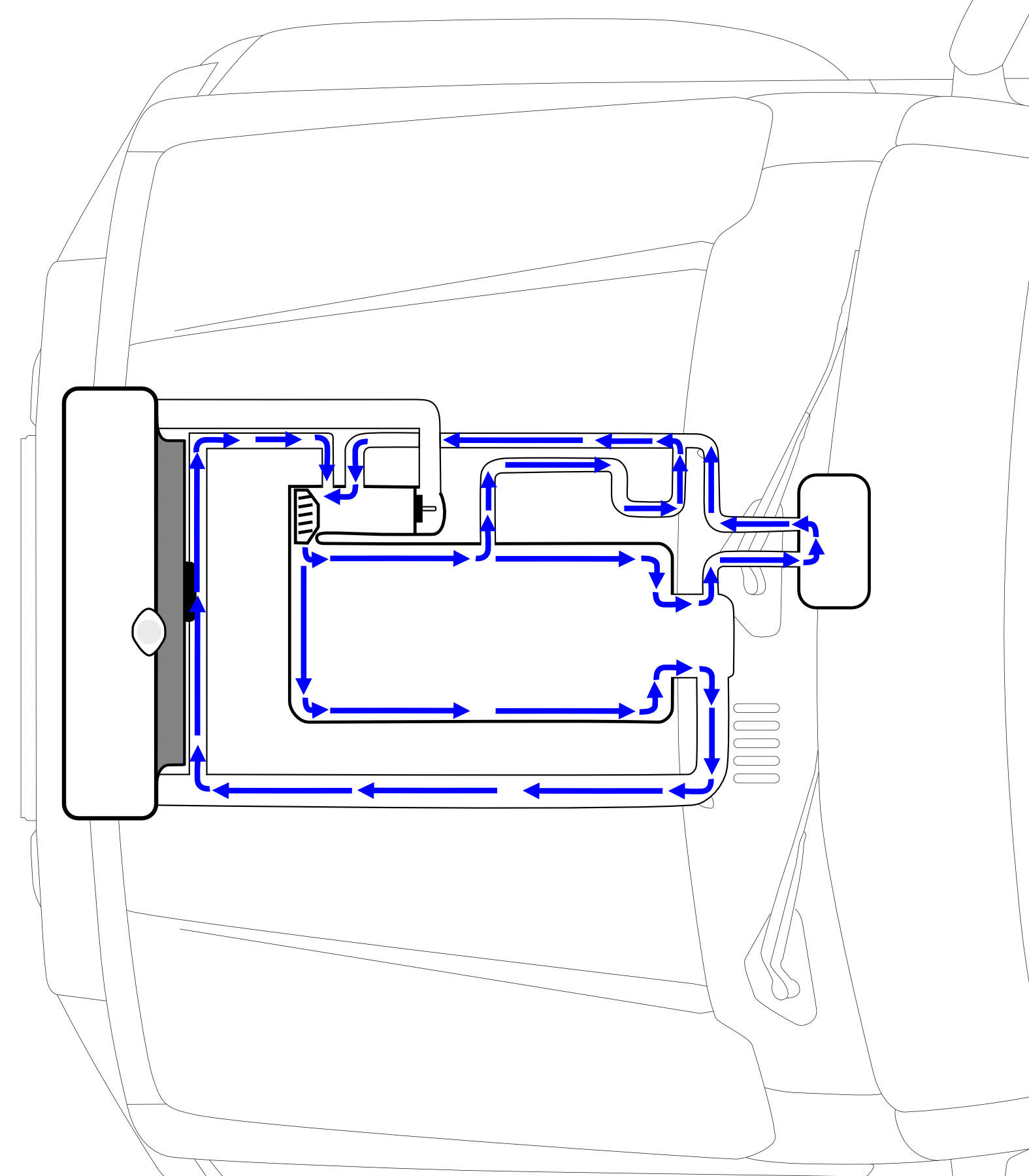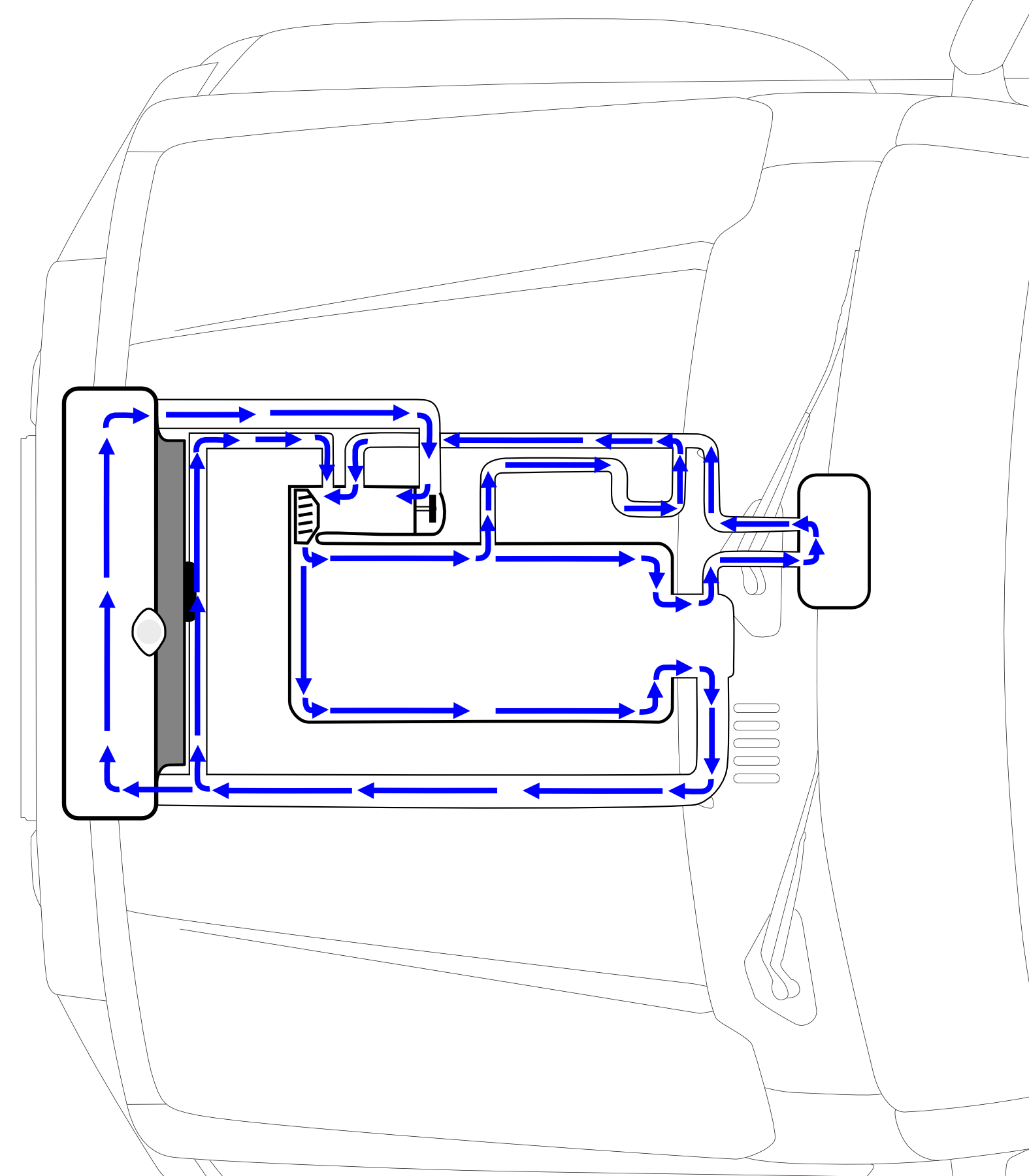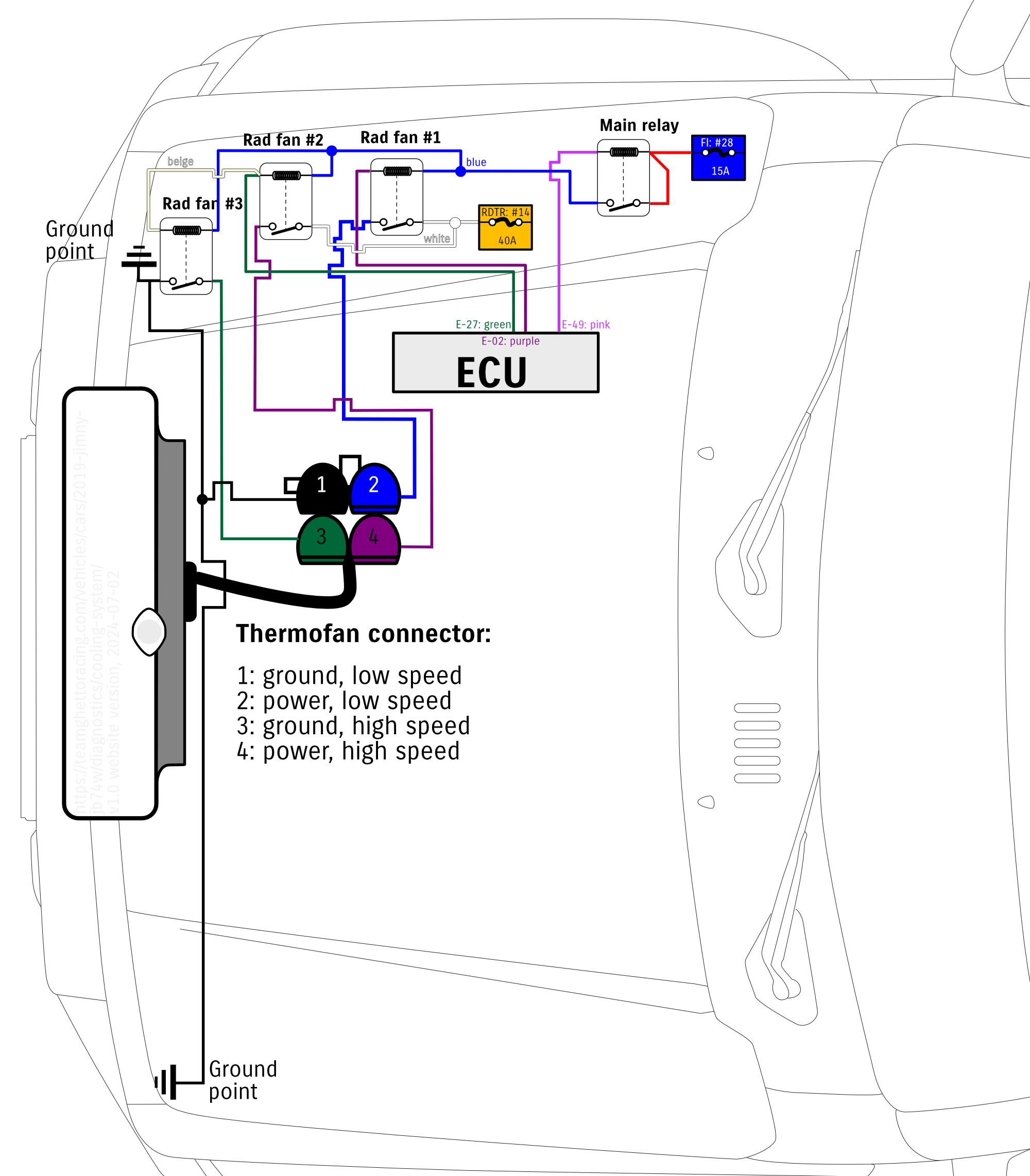Cooling system diagnosis / information
This is another topic that seems to get a lot of questions, mostly from people confused about why their radiator fans are going flat out even when the car is cold.
Coolant details
Warning lights
There is no coolant gauge in the Jimny, just two coolant warning lights: a blue one for cold, and a red one for hot. The blue one appears to be illuminated till a coolant temperature of 45ºC, the red one does not light up until at least 112ºC.
Coolant
Two types of coolant are specified for the gen4 Jimnys:
- Suzuki super long life (blue) coolant (99000-99032-20X)
First change: replace after 8 years/150-160,000 km
Second and subsequent changes: replace after 4 years/75-80,000 km - Suzuki long life green coolant (99000-99032-31X)
Replace every 2-3 years / 40-45,000 km
As the green coolant has been superseeded, it is hard to find data on what it is. The blue coolant is a ethylene glycol based coolant @ 50% concentration, premixed with deionised water in the factory packaging, according to its SDS. Like all OEM coolants it is the additive package to stabilise the coolant which is the differentiator. Freezing point of the blue coolant is -36º C.
Coolant fill amount is 4.9-5.0L for radiator, heater core and expansion bottle. Automatic transmission cars require the lower amount as they have a smaller radiator volume due to the included transmission heat exchanger in the radiator.
As the coolant is premixed and shouldn’t be further diluted, top-ups are highly recommended to be done with appropriate coolant.
Thermostat
Not much to report here, really. Thermostat part number is 17670-81AB0, and is described as an 82º thermostat. Cross reference parts will be listed in my servicing guide. Thermostat begins to open (0.35 mm of lift) between 80 and 84ºC; the thermostat is fully open at 95º C (8 mm of lift).
The thermostat housing is accessed behind the alternator, just towards the engine block and slightly higher than the alternator’s top bolt. Thermostat housing is held on with 2 bolts, torqued to 25 Nm.


To access the thermostat you should remove the air inlet hose from the side of the engine bay, plus the air filter housing. That should give you enough room for access to be able to see where it goes.
Note that the thermostat has a tiny air bleed that will leak a small bit of coolant through even when totally closed. The air bleed is oriented upwards just to the engine block side of the upper bolt hole (basically dead vertical).
Radiator cap
Part number for the cap is 17920-68HA0, with cross references listed in my servicing article.
The radiator cap for the Jimny has to withstand reasonable coolant pressure and is rated to hold 13.5 – 17.8 psi pressure (93 – 123 kPa). The cooling system itself should hold the higher level of that pressure i.e. 17.8 psi / 123 kPa if you are testing for cooling system leaks.
Coolant flow paths
Nothing particularly surprising here. With the thermostat closed, coolant bypasses the radiator as there’s no outflow to allow more coolant into the radiator.

Once the thermostat opens, coolant can still bypass the radiator but the higher flow through the radiator pulls the majority of the coolant through this path and then back into the back of the waterpump via the thermostat.

Electric cooling fan
Like a lot of modern cars, a gen4 Jimny uses an electric fan arrangement to cool the radiator. The behaviour of these fans is not just linked to coolant temperature and is controlled by the ECU.
Thermofan behaviour
With A/C off, the thermofan and its speed are controlled entirely by the coolant temperature. The thermofan will turn on at a low speed @ 97ºC, and will turn off entirely once the coolant temperature goes below 95ºC. High speed kicks in for coolant temperatures above 102ºC, and goes back to low speed once it drops below 100ºC.
With A/C on, the thermofan behaviour is different. It appears that it still follows the above temperature logic, but it also adds logic around refrigerant pressure, vehicle speed and battery voltage:
Low speed cooling fan mode is engaged with the following conditions:
- Up to 30 km/h driving speed (or once you’ve dropped below 20 km/h after exceeding 30)
- Refridgerant pressure exceeds 49.3 psi / 0.34 MPa
- Refridgerant pressure has not dropped below 87 psi / 0.6 MPa after exceeding 160 psi / 1.1 MPa
High speed cooling fan mode is engaged with the following conditions:
- Battery > 12V
- A/C refrigerant pressure has exceeded 218 psi / 1.5 MPa
- A/C refrigerant pressure is above 174 psi / 1.2 MPa after exceeding 218 psi / 1.5 MPa
Thermofan wiring
Tricky little thing here is the use of 3 relays to switch the ground on pin 3 for high speed operation. Also note that the grounds tie into two ground points: one either side of the engine bay at the front. Main relay and FI fuse drive more than just the switching side of the relays, but I have depicted them here to show where power comes into the switching side of the relay; the ECU requests high or low speed by pulling a pin down to ground according to the switching logic presented above.

